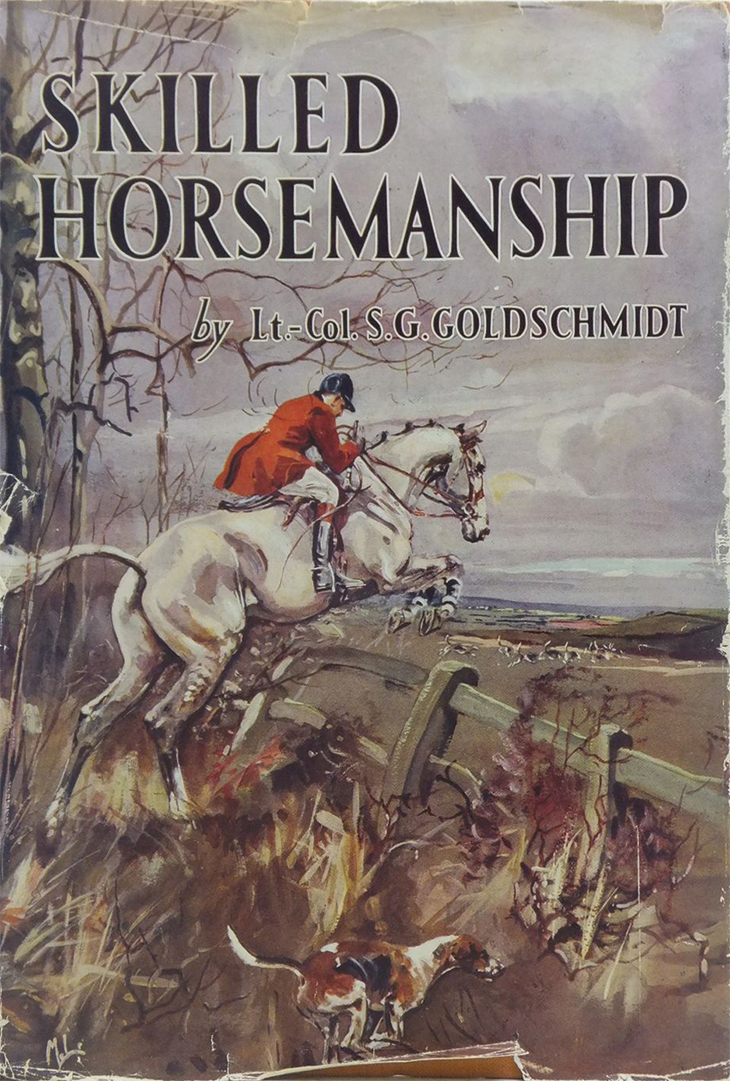From the archives – Robert O’Byrne looks back at a feature published in the October 1945 issue of Apollo: ‘Furnishing with Antique Furniture’ by Lt-Col Sidney G. Goldschmidt
In her recently published study Baroque Between the Wars, Jane Stevenson notes that in England many supporters of the modern movement ‘were curiously reluctant to banish their old furniture’. She quotes interior designer Herman Schrijver, who in Decoration for the Home (1939) lamented that advocates of modernism had difficulty making headway: ‘Never since the struggle to be modern has there been such an interest in the public at large in the antique.’
No doubt many antique dealers today wish this were the case, the market for what is usually dubbed ‘brown furniture’ having substantially diminished. We are inclined to believe the phenomenon of recent origin, but a feature published by Apollo in October 1945 suggests the decline had by then already begun.
‘Furnishing with Antique Furniture’ was written by Lt-Col Sidney G. Goldschmidt. The son of a German-born textile merchant who had settled in Manchester, Goldschmidt more usually wrote on equestrian matters: Skilled Horsemanship, Random Jottings of a Horseman and An Eye for a Horse were among the books he published. Evidently he also had an abiding interest in, and eye for, antiques: in 1925 Manchester City Art Gallery had displayed a loan collection of his Chinese blue-and-white porcelain.

Lt-Col Sidney G. Goldschmidt, who wrote for Apollo in 1945, had as keen an eye for equestrian matters as he did for antiques
Goldschmidt was writing almost 20 years before Terence Conran launched Habitat and initiated a revolution in English interior decoration, although it is worth noting that Ikea, which today has a presence in almost every home, was founded two years earlier in 1943. In post-war Britain, however, most furniture on the market was old and frequently of poor quality. Goldschmidt emphasised that it was possible, even for young people with limited financial means, to buy well, one advantage being that antiques carried ‘no luxury tax and not even purchase tax’. However, he certainly had no time for second-hand furniture, which he dismissed as anything ‘under 100 years old and which is hedged round with so many conditions that it is not worth bothering about’.
Were such rules to apply now, mid 20th-century design, which of late has been considered the apogee of collectability, would fail to win his approval, but here is an instance of autre temps, autre mœurs. Besides, Goldschmidt did not want novices in the field to lose money, lest they be deterred from making further purchases. ‘I hope I am not launching out into too sordid an aspect of antiques,’ he worried, ‘but there are few collectors who do not take value into consideration, and few like to feel that their collection has cost too much.’
So he concentrated on pieces judged suitable for ‘men of moderate means with small houses, and, I think, good taste’. Most of the furniture was made of mahogany, since this was affordable to ‘men of moderate means’; walnut, he lamented, ‘is most sought after and, in consequence, the price is out of all proportion’. Similarly, he paid no attention to marquetry, ‘as this is of an earlier date, is dear, and is difficult to furnish up to’.
Mahogany was thus the preferred wood and, according to Goldschmidt, ‘the easiest room to furnish in this way is the dining room’, even though there might be a problem finding pieces small enough, demand for them having increased ‘since flats have come into favour’. Many households today have abandoned dining rooms entirely, so his advocacy of the cellarette as ‘a desirable and useful possession’ would no longer find much support. Similarly, how differently we live from earlier generations is perfectly revealed by Goldschmidt’s consideration of what would constitute an appropriate sideboard, followed by the remark: ‘If you are content with just a pair of knife boxes, a decorative object to form a centre piece is a tea caddy […] A wooden tray leaning against the wall, either over or under the sideboard, is an added elegance.’
Much as he wished readers to concentrate on antiques, Goldschmidt conceded some items of household furniture would need to be of more recent vintage. ‘For a bed, one has to be content with a modern piece,’ he grieved. Similarly, in the drawing room (‘or as it is sometimes called nowadays, a “lounge”’) he accepted sofas and armchairs would be new ‘as for some reason they never used to make them comfortable enough, or perhaps the comfortable ones have not survived to the present day’. His other recommendations for this area included a bureau ‘either with or without bookcase’, the latter adding to cost; ‘to be economical,’ he allowed, ‘a bureau without a top can still be very attractive and is less than half the price.’
How much notice did the intended audience pay to Goldschmidt’s counsel? Even at the time, one feels, his guidelines would have appeared anachronistic. Today they are positively quaint.
From the April 2019 issue of Apollo. Preview the current issue and subscribe here.












![Masterpiece [Re]discovery 2022. Photo: Ben Fisher Photography, courtesy of Masterpiece London](http://zephr.apollo-magazine.com/wp-content/uploads/2022/07/MPL2022_4263.jpg)
Apollo at 100